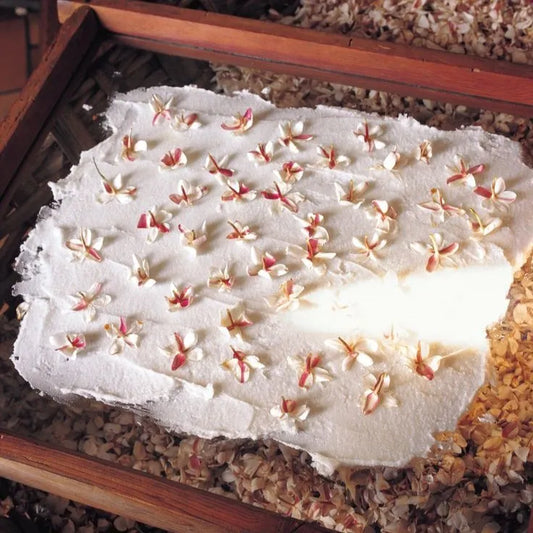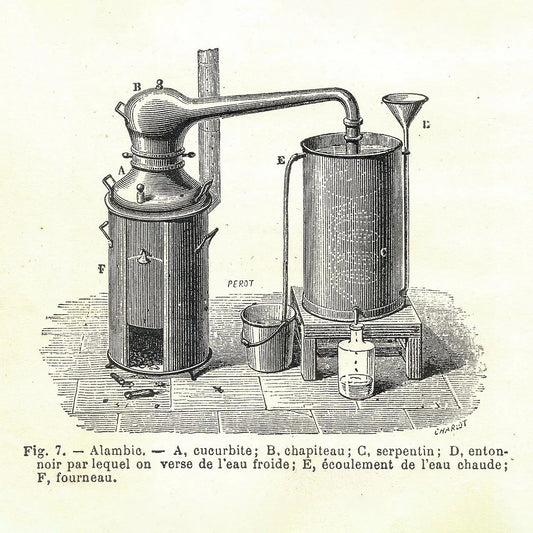A deep wound requires a doctor’s care, but everyday cuts, scrapes, and bruises may benefit from the use of specific essential oils that have the ability to reduce the possibility of infection, heal damaged skin, and calm pain. As some kinds of infection become increasingly resistant to antibiotic pharmaceuticals, alternative therapies like essential oils may gain interest and popularity.
Wound healing happens in four overlapping phases, as detailed by Barreto et al. in a 2014 paper published in the journal Molecules: coagulation (bleeding cessation), inflammation (pain and discoloration), formation of new tissue, and remodeling, which determines “the strength and appearance of the healed tissue.” Barreto’s team examined the literature on the effectiveness of monoterpenes, chemical compounds found in nearly all essential oils, on the various phases of the healing process. They found that every study that evaluated monoterpenes found them to be effective in wound healing, no matter what plant or oil they came from.
Research on the effects of essential oils in wound care is largely absent from the scientific literature, but a few studies reveal that some of these oils may have legitimate healing properties. Lavender and bay laurel essential oils emerged as the most active wound healers in a study using laboratory animals, published in the Journal of Essential Oil Research (Süntar et al., 2014). Just a few months earlier, in December, the Journal of Alternative and Complementary Medicine published a study using human subjects (Chin and Cordell, 2013), in which patients who had wounds with active S. aureus infections were treated with dressings that contained tea tree essential oil. “The results demonstrated decreased healing time in all but one of the participants treated with tea tree oil,” the report concluded. “The results of this small investigational study indicate that additional study is warranted.”
In August 2020, the Journal of Alternative and Complementary Medicine published a review conducted at the University of Nebraska of all the relevant studies using lavender essential oil in wound care. The researchers found 36 studies and included 20 of them in their screening: seven human trials, five animal trials, two in vitro studies, and six reviews of additional literature. Rachel Samuelson et al. (2020) determined that the studies indicated that lavender essential oil did indeed demonstrate “a faster rate of wound healing, increased expression of collagen, and enhanced activity of proteins involved in the tissue remodeling process” when the wounds were treated with lavender oil. They cautioned, however, that a number of different varieties of lavender essential oil were used in the various studies and that the chemical composition of the oil needed to be standardized to determine which was most effective. The researchers also recommended additional clinical trials with human subjects.
A single case detailed in a paper published in December 2009 in the German journal Forschende Komplementärmedizin involved a 41-year-old woman who developed a “minor, non-bleeding lesion” on her foot while gardening. The tiny wound became infected within hours, and the infection spread beneath her skin nearly to her ankle. Doctors prescribed oral antibiotics, but these were ineffective against the bacteria, and the wound eventually required surgery to remove the abscess. Five days after the surgery, the patient’s doctor began a course of essential oils applied topically, choosing several oils “according to their anti-inflammatory, analgesic, and antimicrobial properties.” The paper credits the oils for the wound’s eventual healing, noting that the oils seemed to encourage rapid growth of healthy skin without further complications. With surgery in the mix, however, it is difficult to give all the credit for healing the wound to the essential oils, making this study a prime example of the use of a single instance—essentially an anecdote—to declare something true.
There are a surprising number of such papers among the scientific literature. For example, a paper published in January 2019 in the Journal of Pediatric Nursing examined the comparative case study of two children who had been severely burned. The grandmother of one of the children treated one child’s burns with essential oils (the specific oils are not named in the paper), while the other child received standard medical treatment for burns. Jopke et al. (2019) noted that the child who received standard care developed two bloodstream infections and four “hospital-acquired conditions,” while the child whose wounds were treated with essential oils developed just one acquired condition and stayed in the hospital for four fewer days than the other child. “While these case findings are intriguing, research is needed to expand understanding of the role of essential oils in the treatment of burns,” the paper concludes.
Some essential oils are considered styptic, meaning that they can cause a wound to stop bleeding. Applied topically, a styptic agent, also called an antihemorrhagic or a hemostatic agent, can be used in an emergency to slow and stop the flow of blood from a cut, scrape, or larger wound. Geranium, benzoin, bergamot, and yarrow essential oils are said to have this property, although there are no peer-reviewed studies to confirm that this is the case.





